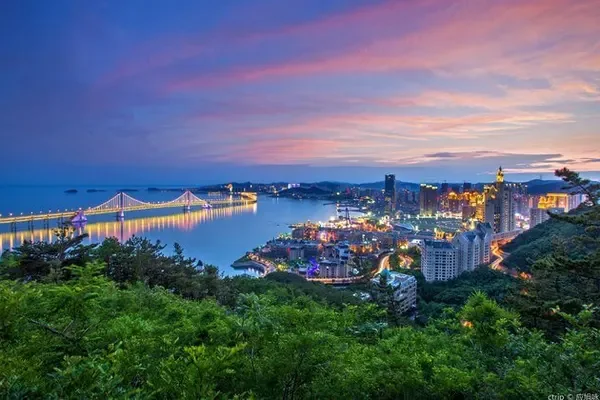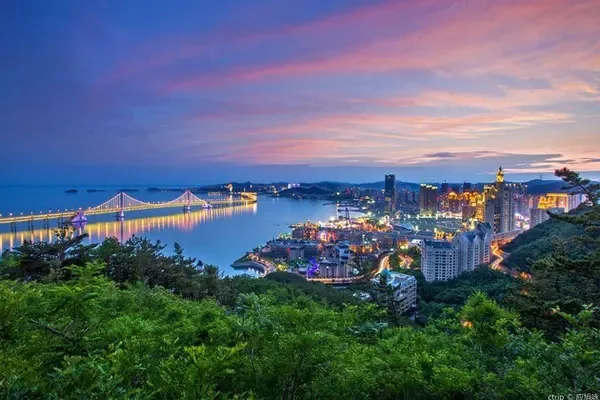introduce
Guozigou is the natural gateway of the Ili area, a canyon channel that goes north to Sailimu Lake and south to the Ili River Valley. In ancient times, it was the throat of the North New Road of the Silk Road leading to Central Asia and Europe in my country, and it was called "Iron Pass". At the same time, because of its pleasant scenery, it is also known as "the first scene in Yili" and "a wonderful fairyland".

The total length of Guozigou is 28 kilometers, and the terrain is dangerous. During Genghis Khan's western expedition, he began to dig mountain passages and built 48 bridges, which shows the steepness of the road. During the Qianlong period of the Qing Dynasty, it was rebuilt into 42, and it is still an important section of the Wuyi Highway. Although today's Guozigou is no longer famous for its fruit trees, it still has charming scenery. The narrow valleys in the valley, strange rocks and rocks, towering peaks, luxuriant pines and birches, blooming mountain flowers, waterfalls and springs, and beautiful scenery make it a scenic spot. A stunning view amidst natural beauty.
Guozigou is also a place full of mountain resources. The river beaches and hillsides of the entire valley are covered with wild Sevi's apples, apricots and walnuts. The name "Guozigou" comes from this. At the beginning of the Yuan Dynasty, Yelu Chucai said in "Journey to the West" that "the land is full of forests, the trees are shaded and dense, and the sun is not exposed" in "Journey to the West". The ringo mentioned here is the wild apple.
Guozigou is a natural treasure house endowed by nature. It not only distributes a wide range of fruit trees, but also has rich medicinal resources. In the dense forest, there are hares, foxes, and wolves from time to time.
opening hours
Open all year round
must see tips
Guozigou is located in the pass in the west of Tianshan Mountains. It is the throat to enter the Yili Valley. It has been known for its dangerous location since ancient times. It is said that before the Yuan Dynasty, Guozigou was still an ancient herding road without a wheel. At the end of the Southern Song Dynasty, when Genghis Khan sent his troops four ways to march westward, in order to speed up the pace of the army, his second prince, Chahetai, led his troops to "dug out the stone roads and build the forty-eight bridges with wood" in the territory of Guozigou, and finally dug through the natural barrier of Guozigou. This not only accelerated the pace of combat at the time, contributed to Genghis Khan's military victory, but more importantly, opened the channel from the Central Plains to the Yili River Basin, and found a shortcut for the ancient Silk Road to the New North Road.
Before the natural barrier of Guozigou was dug out, the New North Road of the Ancient Silk Road entered the Chu River Basin from Tacheng and Bortala; after the natural barrier of Guozigou was dug out, Chinese and Western business travelers and friendly envoys took Guozigou This avenue is gone. Later, the governments of Yuan and Qing dynasties stationed troops in Guozigou and set up post stations to serve the passing officers, soldiers and business travelers. In particular, Emperor Qianlong of the Qing Dynasty quelled the rebellion of the Junggar nobles who occupied the Ili River Basin, set the political and military center of Xinjiang in Huiyuan City on the banks of the Ili River, and established the Ili General's Mansion to govern the east and south of Balkhash Lake and the Tianshan Mountains. After the vast areas in the north and south, the Qing government set up two post stations in this valley, the first station and the second station, responsible for transmitting imperial government orders and border defense military information. Since then, Guozigou has become even more noisy with cars and horses, showing its outstanding importance.


